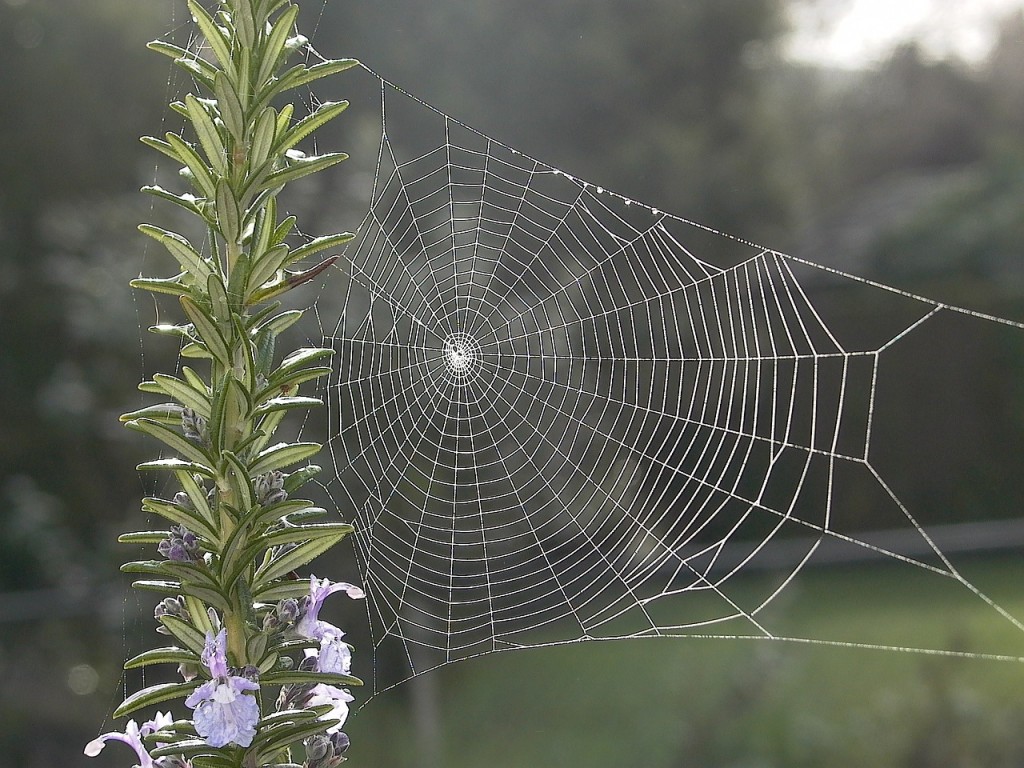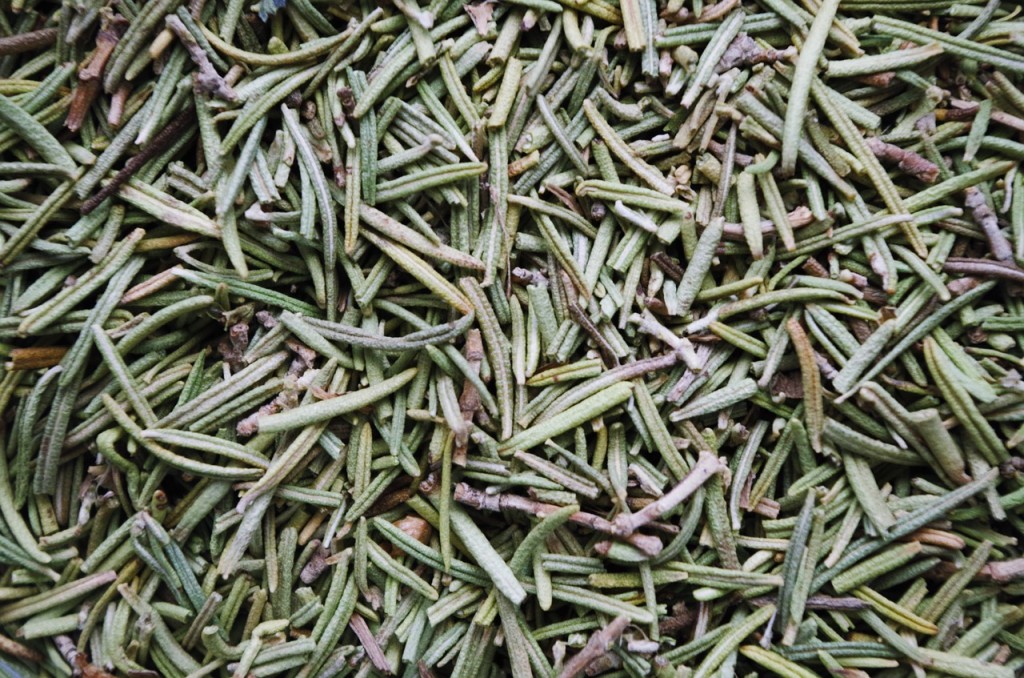
Rosemary is a real delight in the flower border as well as the herb garden for its wonderful blue (or white) flowers in March/April and sporadically throughout the summer months.
The evergreen decorative narrow foliage is highly attractive, too. Traditionally used with lamb, rosemary is also wonderful with roast veg, fish, potatoes and pulses.
Varieties
Rosmarinus officinalis, the blue flowered shrub growing up to 1.2m (4ft) tall and with handsome narrow green glossy leaves is most widely grown, but there are many others.
For a more compact growing type try the prostrate rosemary, R officinalis Prostratus Group, for white flowers R officinalis albiflorus and for a handsome, tall plant, ‘Miss Jessopp‘s Upright‘ (purple flowers).
Growing tips
A sunny spot in well-drained soil is preferable, although some shade for part of the day is acceptable.
This tall plant is ideal as a backdrop for a herb border and thrives next to a warm wall or fence.
Prune after the main flush of flowers is over to prevent plants from becoming straggly, to encourage branching and to remove any diseased or frost damaged shoots.
A few pests such as leaf hoppers and frog hoppers can cause problems during the summer, but are rarely troublesome enough to warrant spraying.
Frog hoppers, which cause the distinctive cuckoo spit on the shoot tips, can be washed off with a strong jet of water.
Take 10cm (4in) cuttings of rosemary in July or August and root in pots of 50:50 peat or peat substitute and sand.
Hardwood cuttings 23cm (9in) long can also be taken in September and rooted in slit trenches (a trench made by inserting the blade of a spade into the soil and moving it backwards and forwards).
Line the base of the trench with gritty sand and place the cuttings in to half their depth and 15cm (6in) apart before closing up again with the foot.

Growing in pots
Rosemary grows well in a container on a warm patio.
Maintain watering during the summer and feed once a week with a liquid fertiliser.
Plant using a gritty potting compost such as John Innes no 3.
In winter stand the pot in a sheltered place away from cold winds and if your garden is exposed wrap the pot in bubble wrap to insulate the roots from the cold.
Stand the pot on some pot feet or short sections of timber to aid drainage and thus prevent the compost from
Fact file
Most plants to be found in the garden centre will have been grown in pots and can be planted at virtually any time.
However, spring planting allows the plants to become well established before the onset of winter.
Top Tip
A few woody clippings from your rosemary bush placed on the barbeque helps flavour the food and scent the air.



